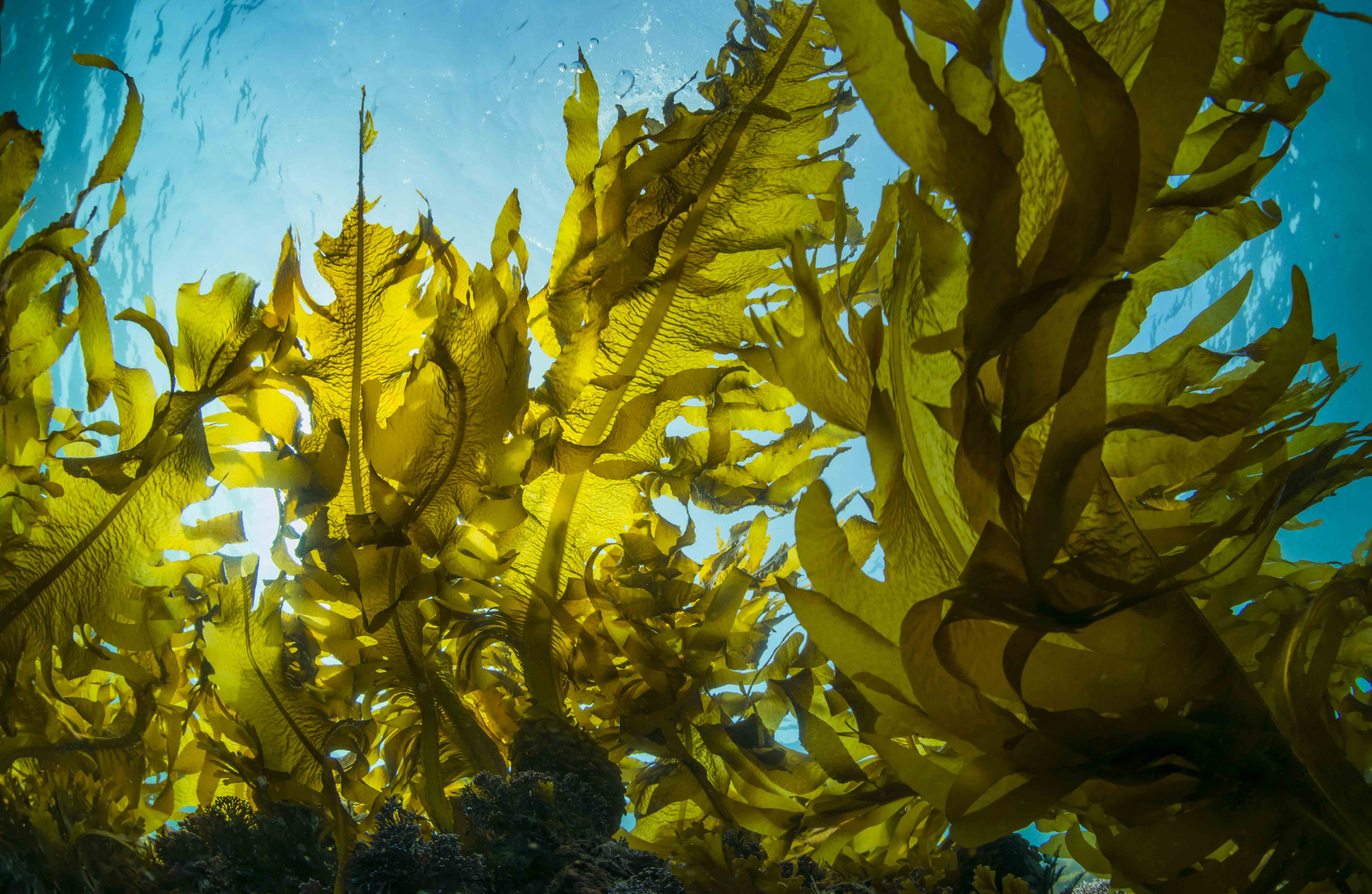In Japan, where the land is surrounded by the sea, edible seaweed has been a valuable food, especially in coastal areas and isolated islands. Since the plains were too small to be used for farming, it was quite natural for them to develop such eating customs. “There’s something plant-like growing in the sea” → “Why don’t you try eating them?” “Yea! Yea!”… It probably went something like this. Compared to land edible plants, it contains less vitamins but more minerals and dietary fiber, making it a valuable food since ancient times. However, unexpectedly, there are only a few species that are suitable for eating. Also, they need to be prepared in various ways before they can be eaten, because they live in the sea. Washing, boiling, steaming, simmering, or drying… right? Our ancestors must have tried so many different ways. We should respect them. Oh, but don’t worry. Most of the seaweed products on the market today have already been prepped and processed. You can easily use them for cooking.
We’d like to introduce you to some of the typical edible seaweeds that are available in Japan. All of them are often used as ingredients in Japanese cuisine. Therefore, you may have many opportunities to see them. Well, please try them first.
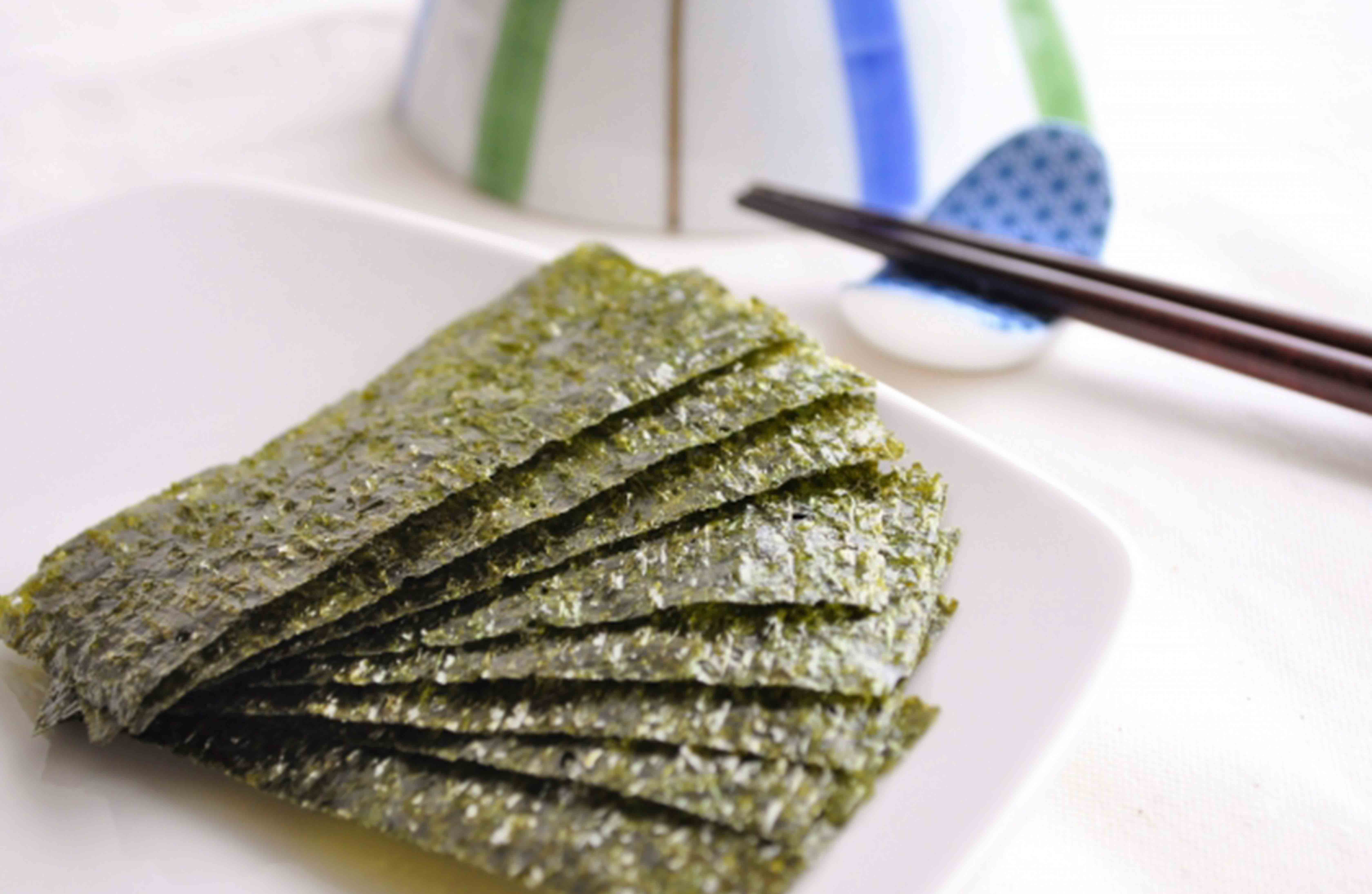
・Nori (Sheet Laver)
It is familiar as an ingredient used in “Sushi” rolls. We call it “Ita-Nori (it means sheet shape laver)” because of its shape. It is made by spreading raw seaweed on a thin sheet of paper in the way of “papermaking” and then drying it (or roasting it). By the way, there are other ways to cook nori. In addition to being used as a ingredient in soups and other dishes, they can also be used to make “Tsukudani (food boiled down with sugar, soy sauce, mirin, etc.)”. This seaweed-tsukudani is quite well accepted by people overseas. It’s good for a side dish with rice.
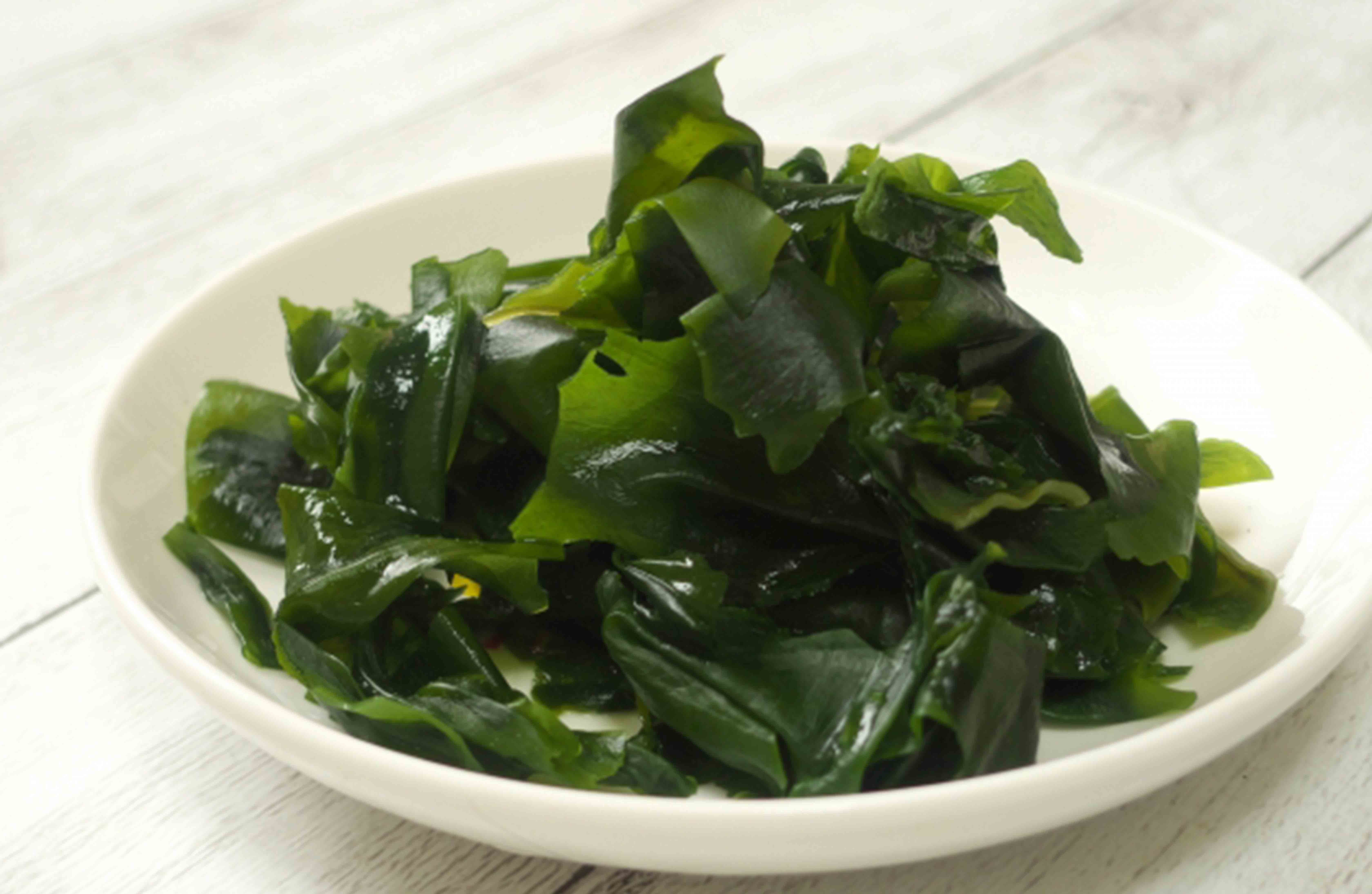
・Wakame
“Wakame” is widely used as an ingredient in miso soup and other soups, “Nimono(simmered dishes)”, and “Sunomono(vinegar dishes)”. In overseas, it seems to be popular to eat as a seaweed salad. Since dried wakame seaweed, which is easy to store and cook, is also available in the market, it is very common to eat it at home. By the way, the root part of wakame seaweed that sticks to rocks is called “Mekabu,” which is also edible. It is chopped, seasoned, and packed into products. If you are a fan of sticky foods like “Natto”, “Okra”, “Yamaimo(yams)”, etc., you will love this.
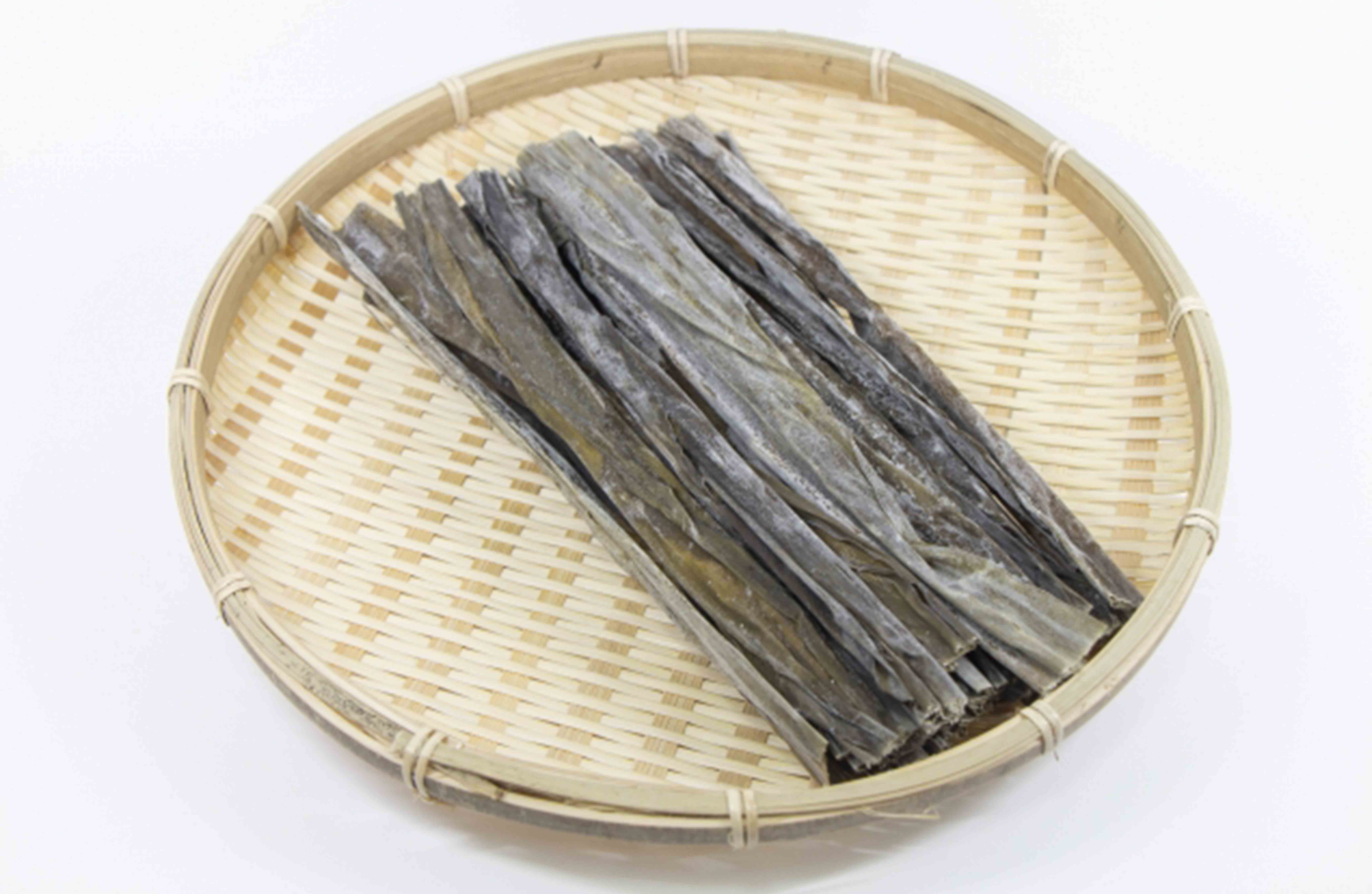
・Konbu (Kelp)
“Kombu” has long been used as an ingredient in “Nimono(simmered dishes)”, soups, and “Tsukudani”. One of the “Osechi cuisine”, “Kombu-maki” is well known. It is worth mentioning that it is an ingredient used to make “Dashi-soup”, an essential ingredient in Japanese cuisine. It may not be an exaggeration to say that it is an indispensable ingredient in Japanese food culture.
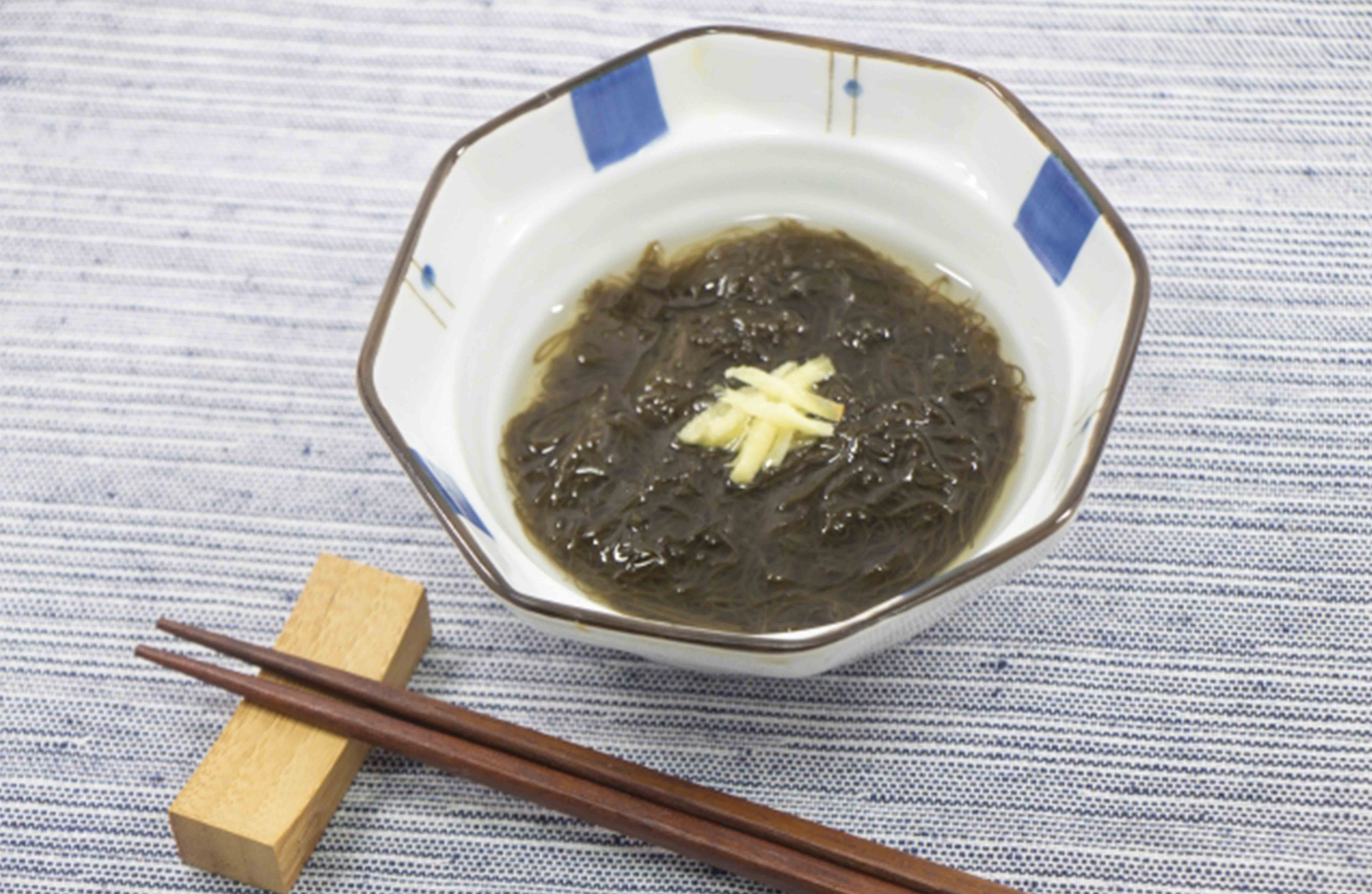
・Mozuku
It is used in dishes such as “Sunomono(vinegar dishes)” or Tempura. Those as Sunomono dishes are commercially available in pre-cooked packets.
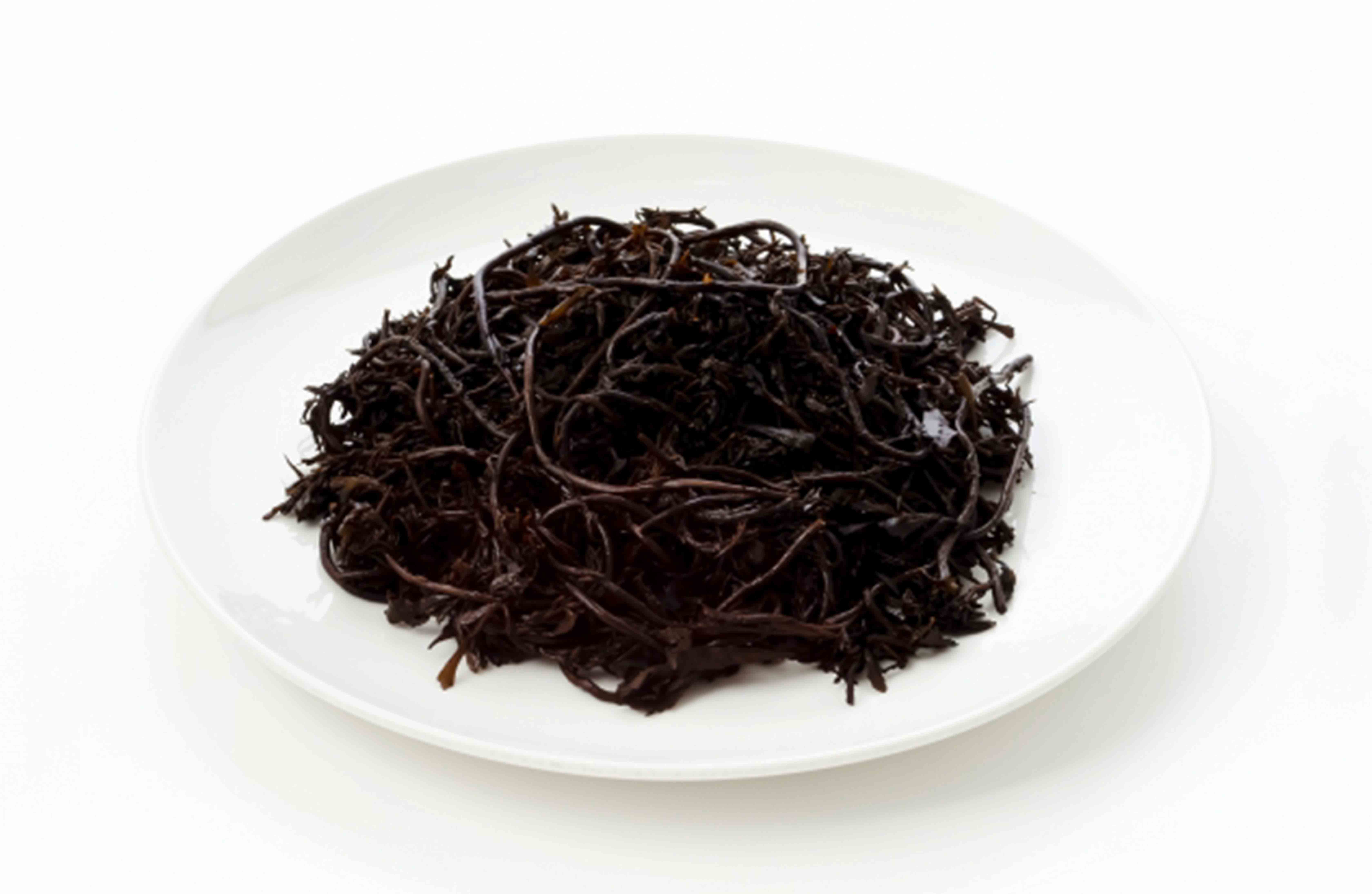
・Hijiki
“Hijiki” is eaten as “Nimono(simmered dishes)”, Tempura, or seaweed salad. It has long been considered one of auspicious foods for longevity. As a matter of fact, about 90% of what is currently marketed in Japan is imported from China and Korea.

・Tengusa
We also called it “Ogonori”. It is a seaweed known as an ingredient in “Kanten(agar)” and “Tokoroten”. It may be the most common seaweed eaten overseas.
It seems that there are only a few countries and regions in the world where seaweed has been used as a food ingredient for a long time? In Europe, it is only in Scotland and Ireland, and in South America, it is in some parts of Chile. In recent years, seaweed has become the focus of attention in many parts of the world due to its global popularity as a healthy food. Well, it has a very different texture, taste or flavor from vegetables, so we guess it’s not to everyone’s liking… In contrast to the past, preservation technology has improved dramatically. In general, most of them are probably marketed as dry products. There are many products that can be easily used in the average household, and we hope you will give them a try. We hope you like them.



